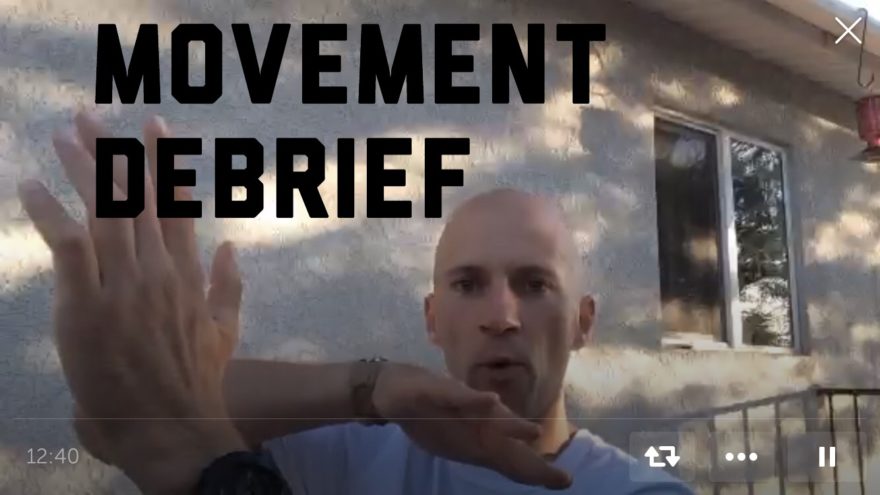Tag: sports

Kinesiotape, Managing Performance Teams, and More – Movement Debrief Episode 14
Movement Debrief Episode 14 happened yesterday, and it was a good ol’ fashioned reader Q&A. Here’s what we talked about:…
Course Notes: The Elite Speed Seminar
I just finished up the Elite Speed Seminar at what has become my home away from home, Indianapolis Fitness and…
